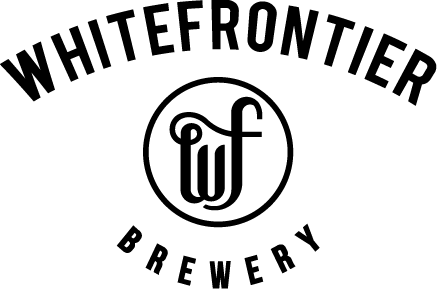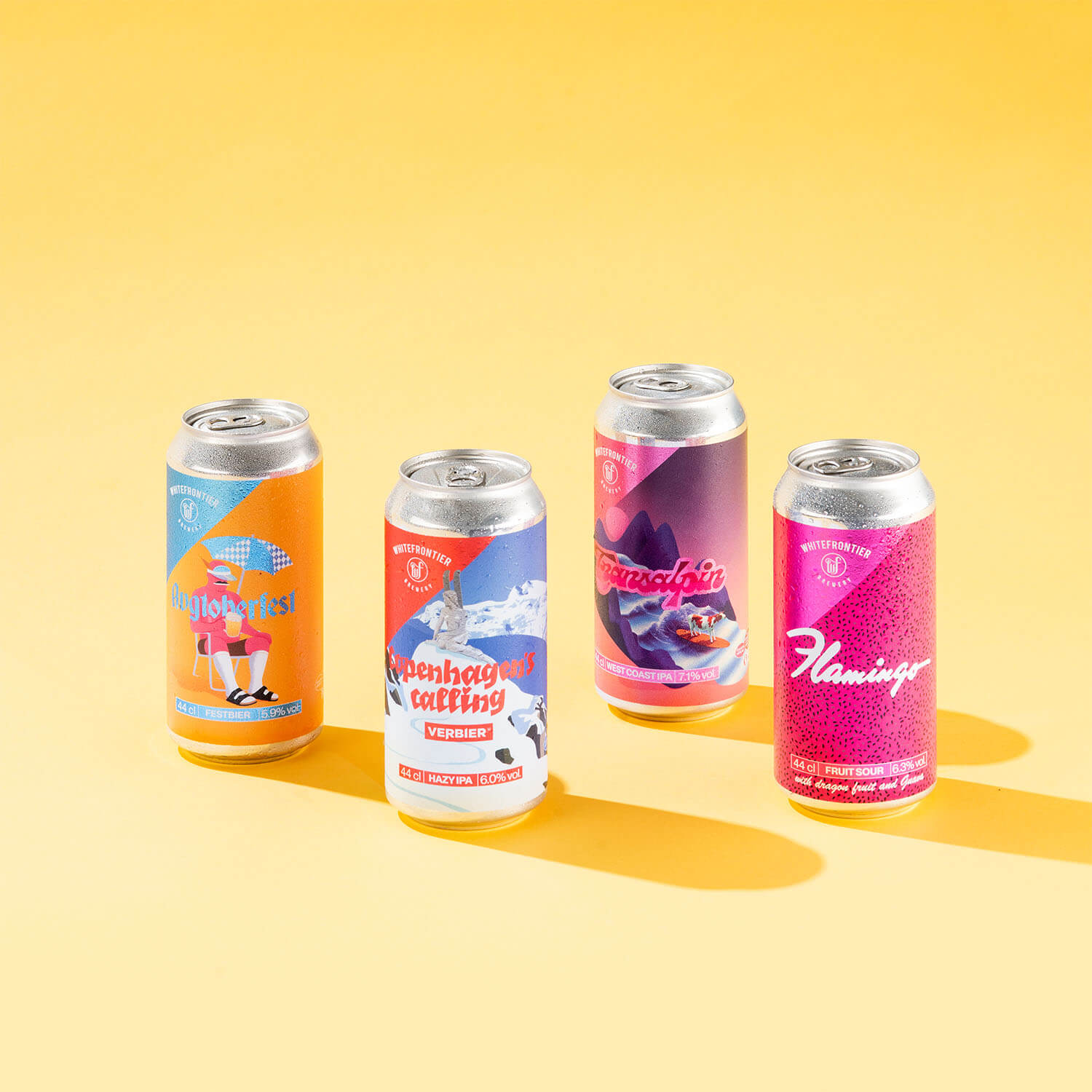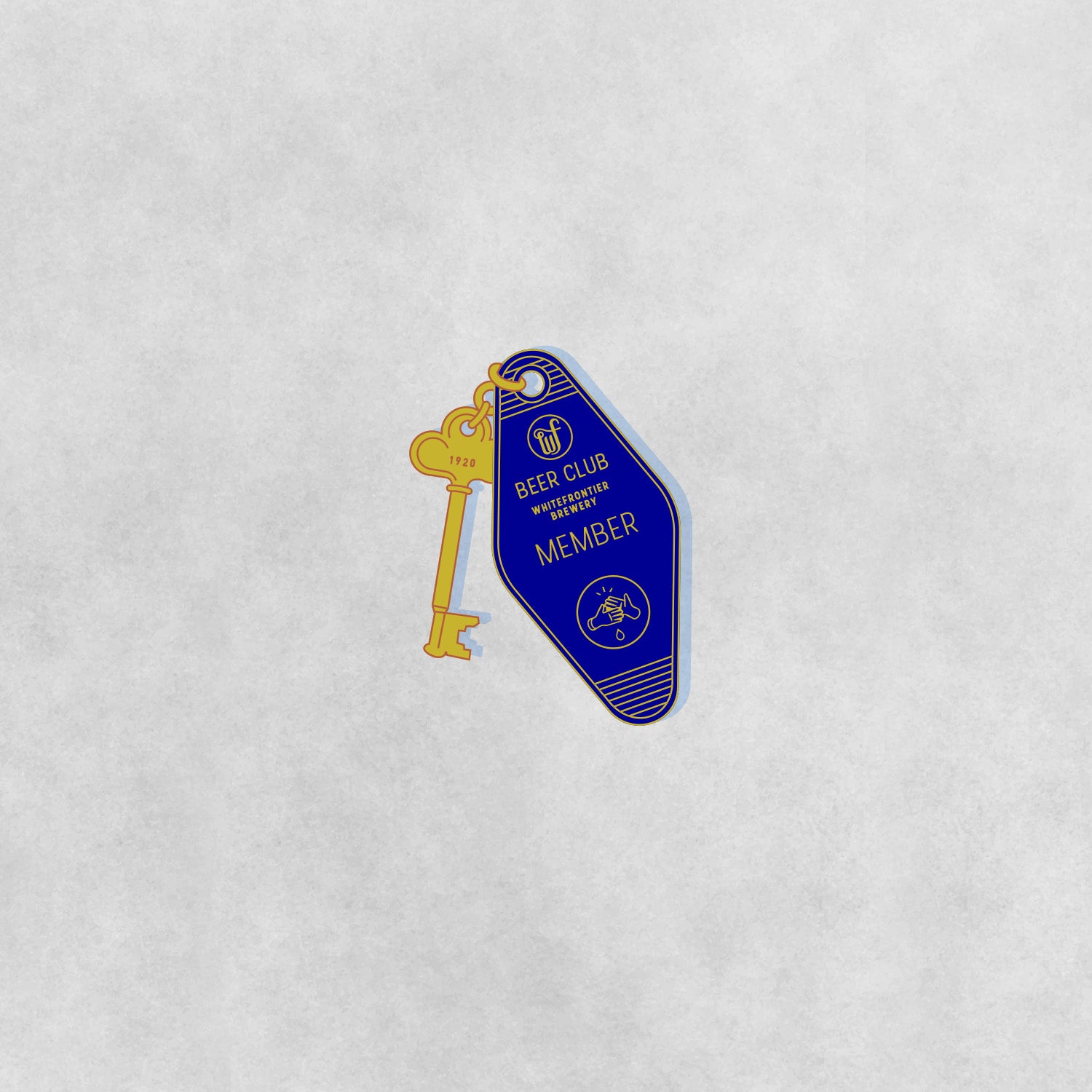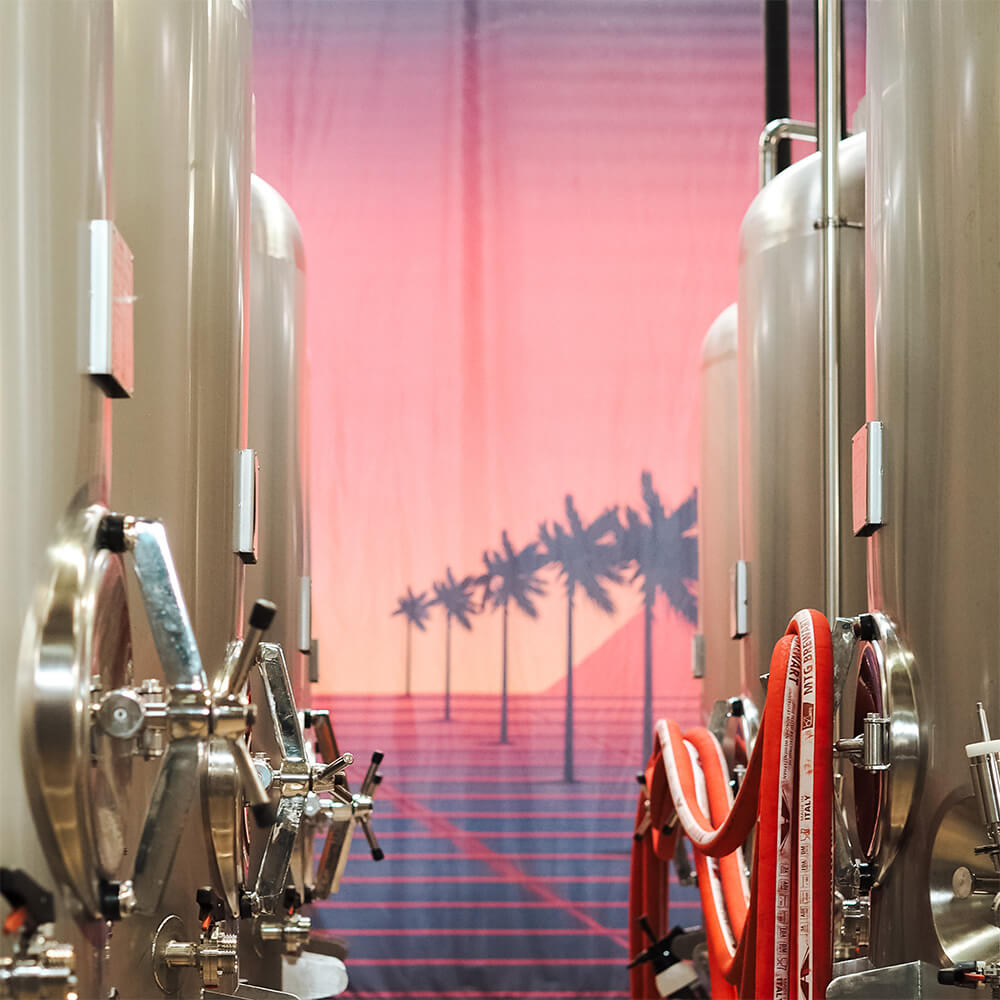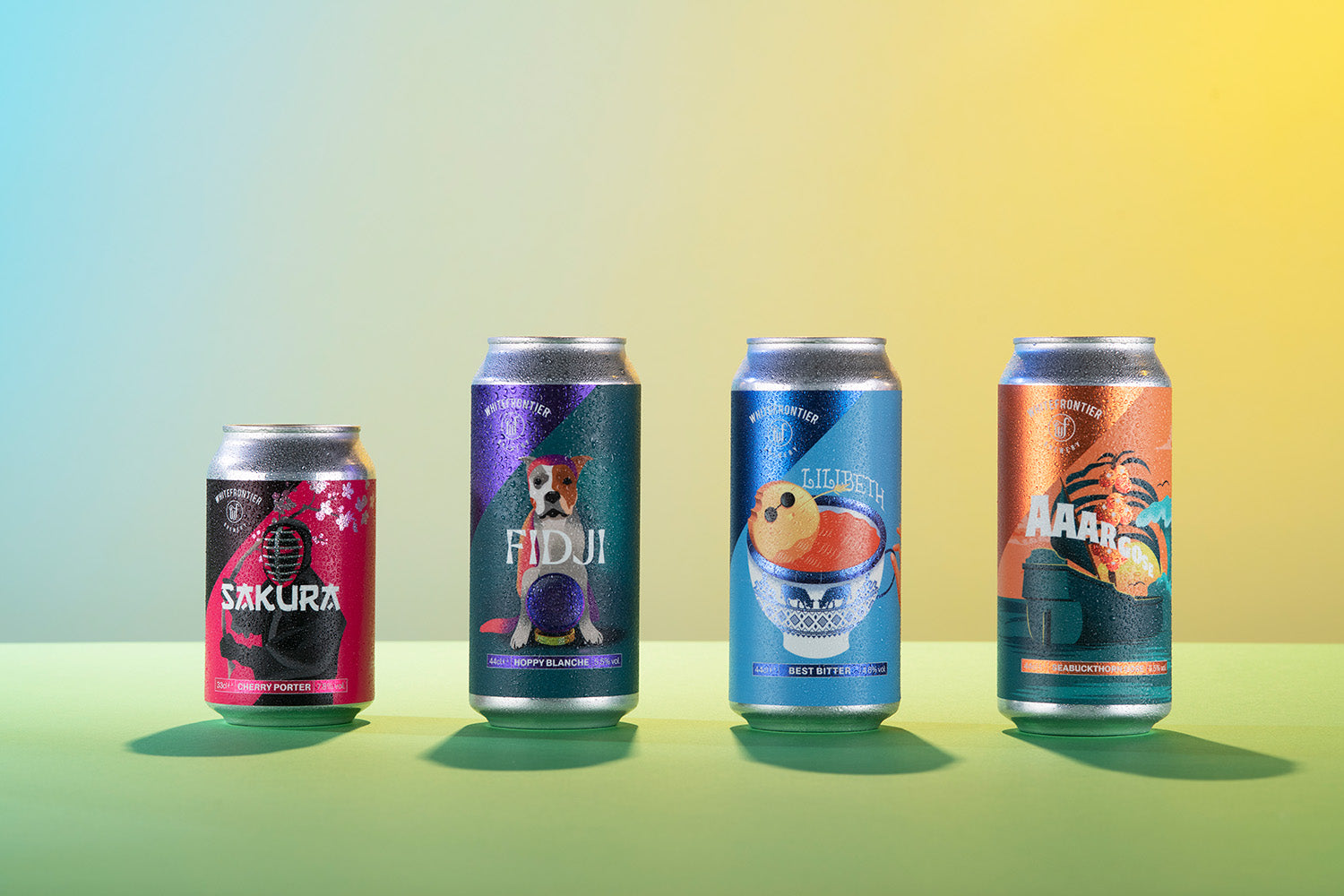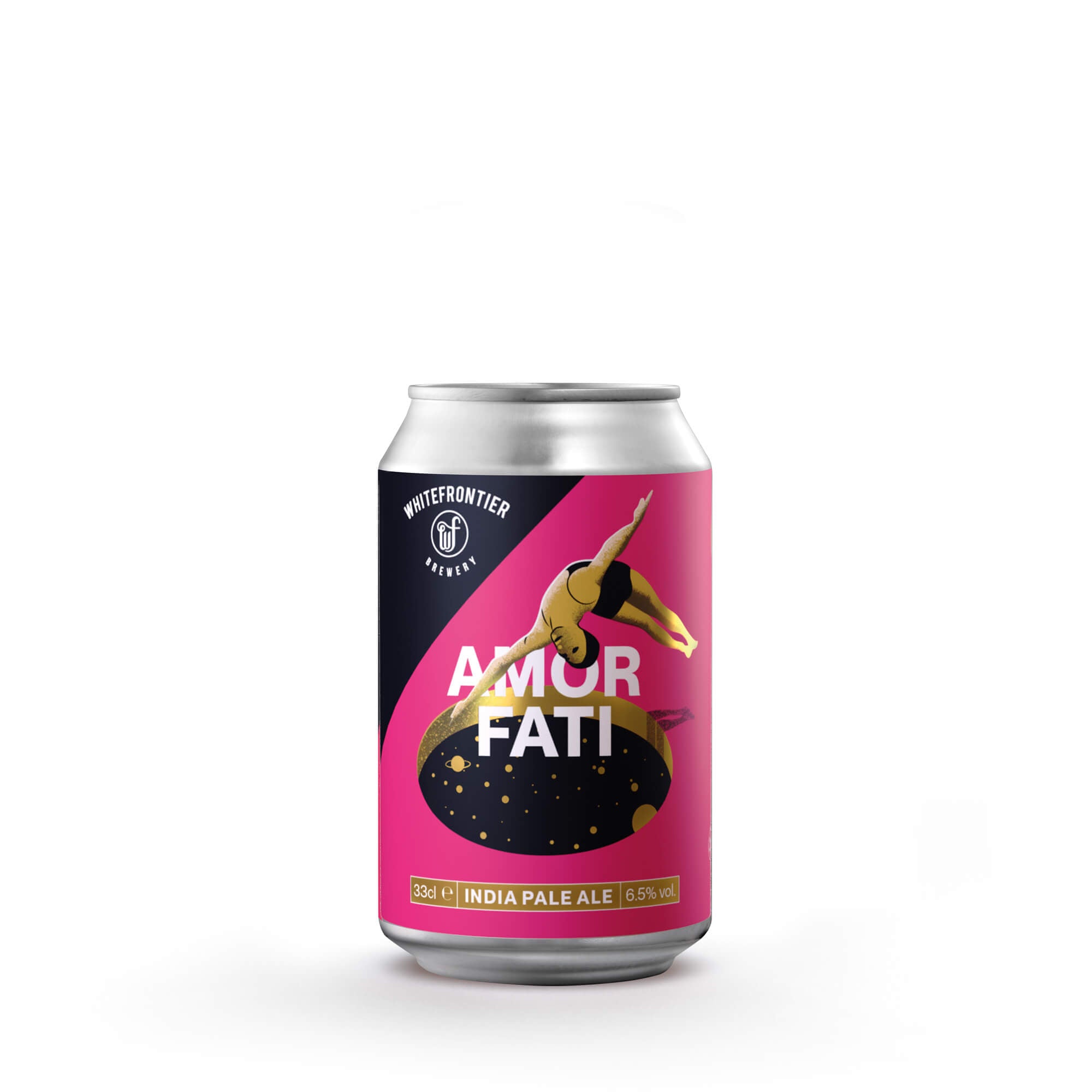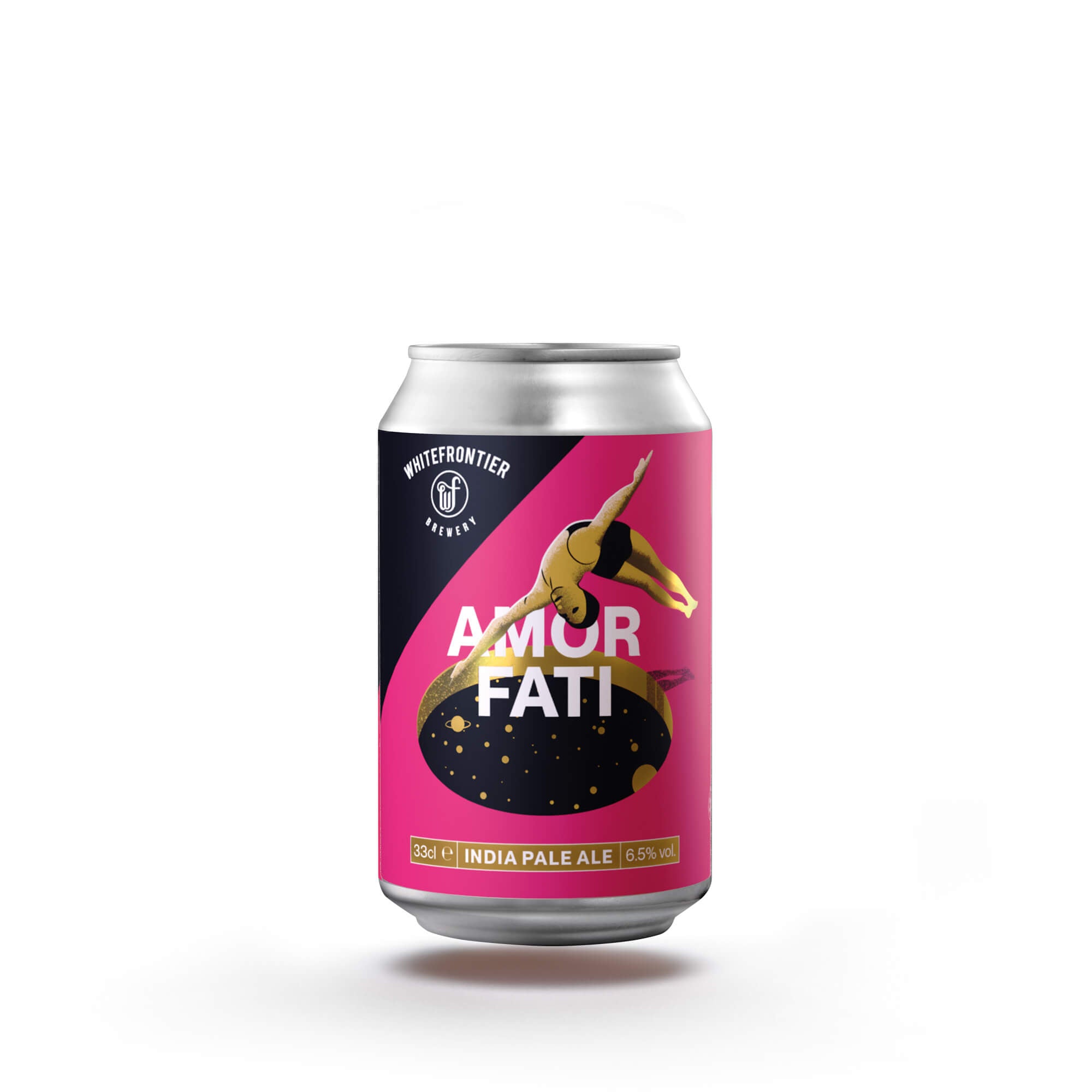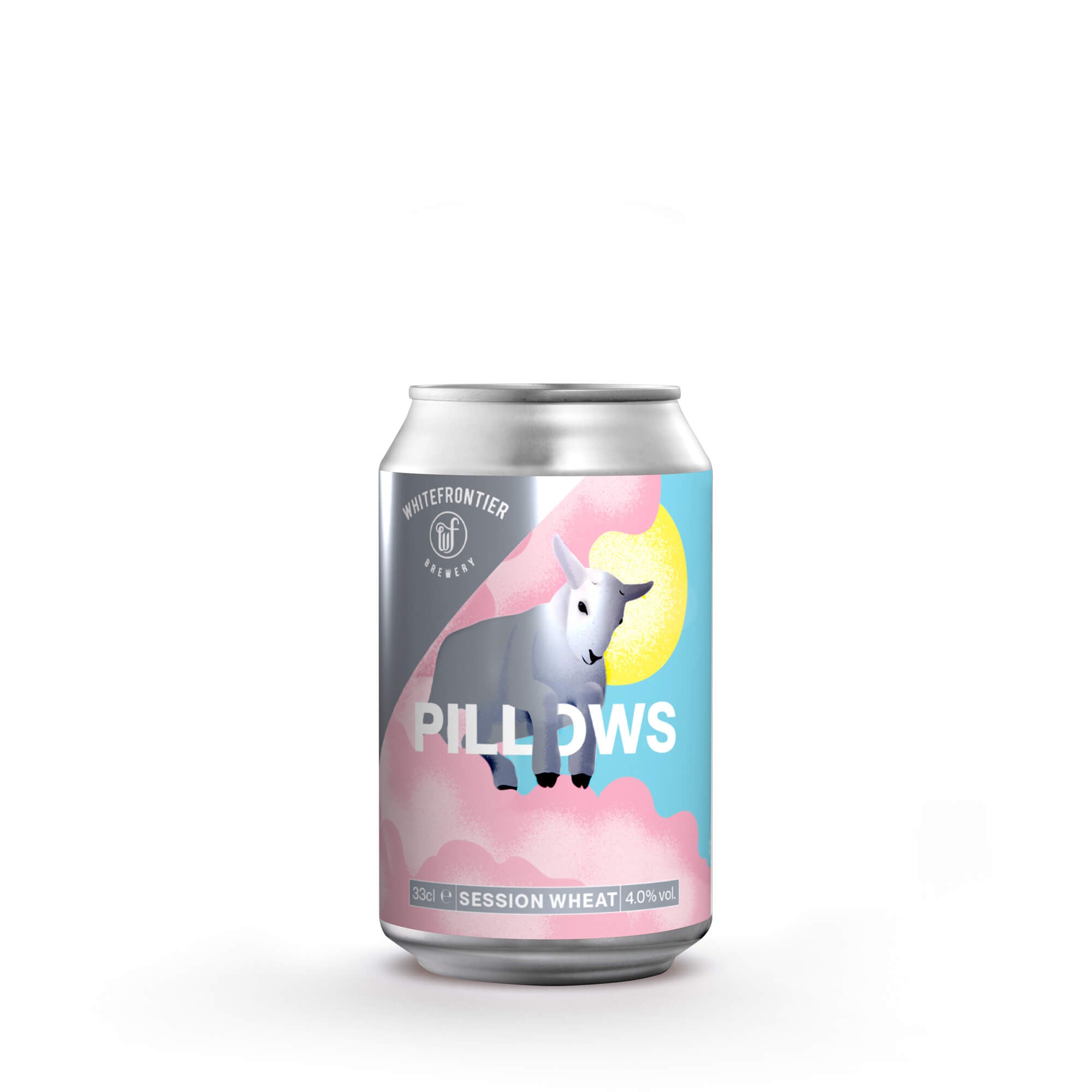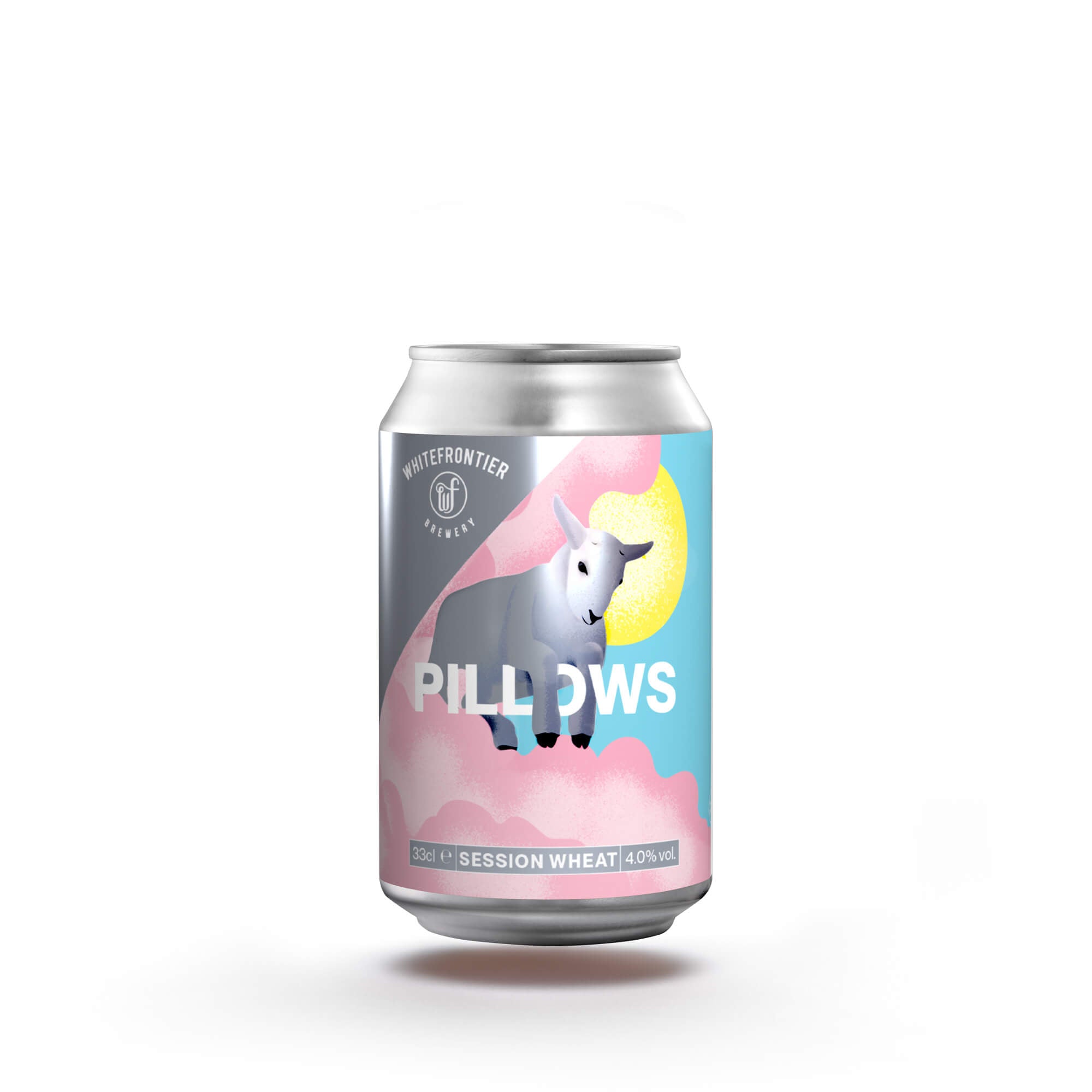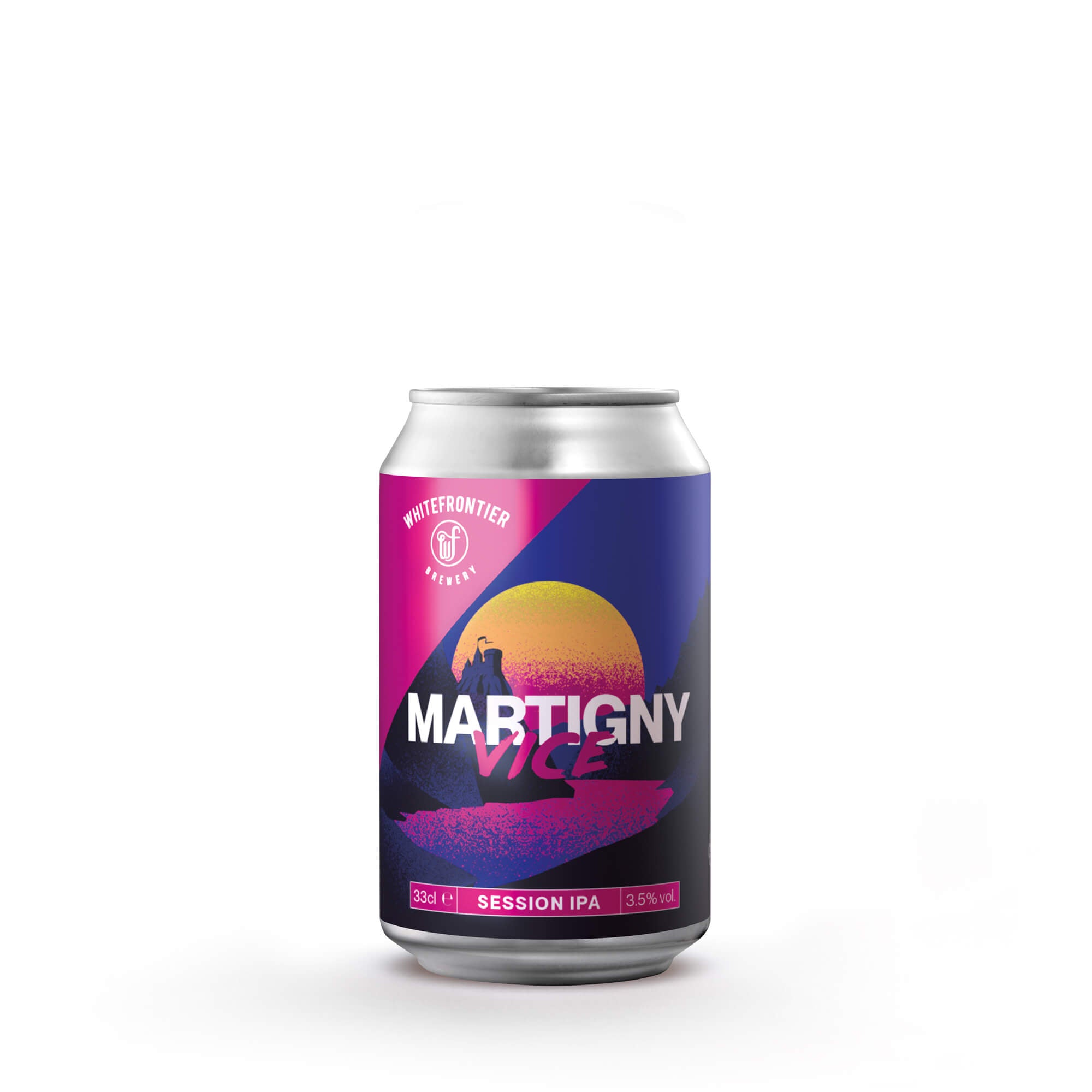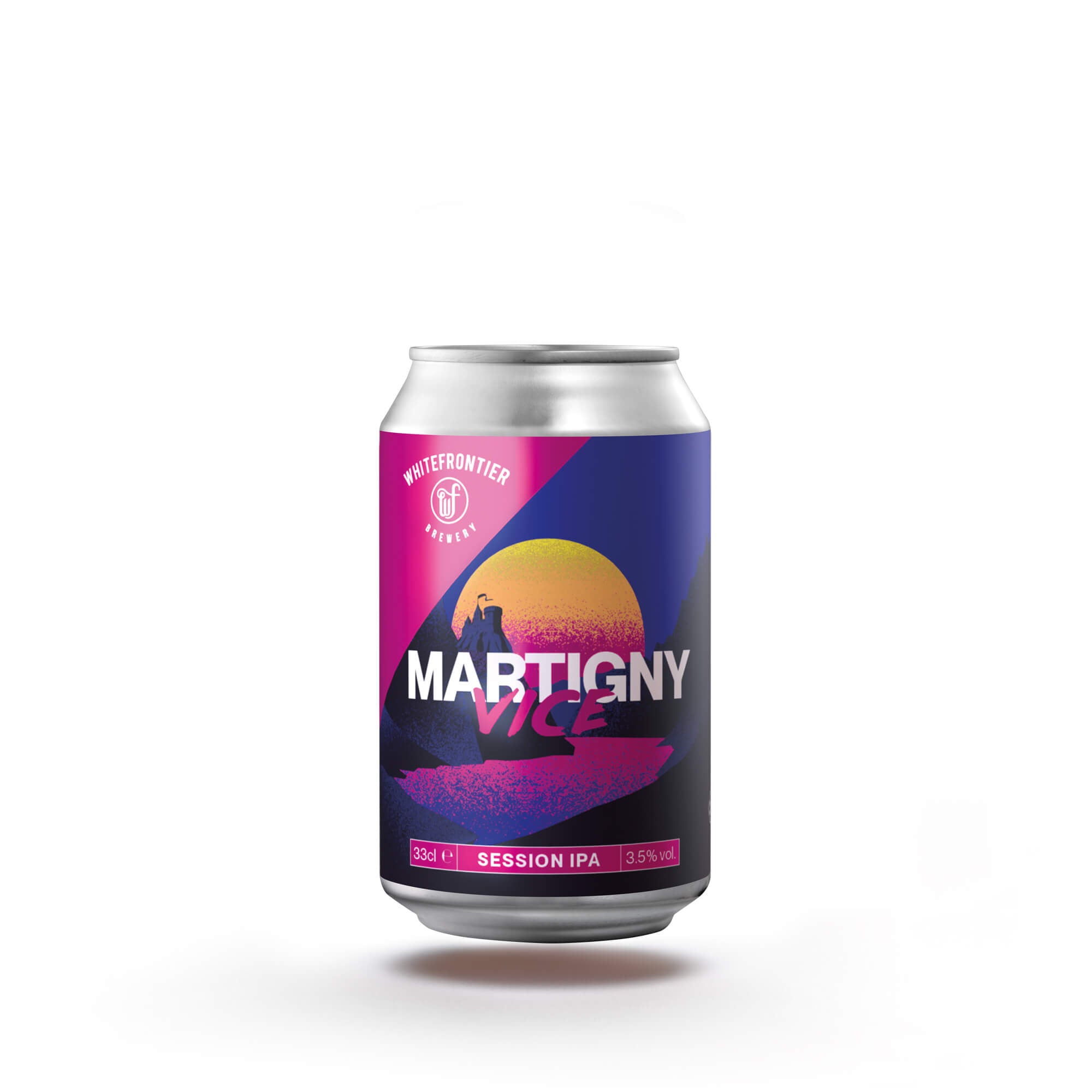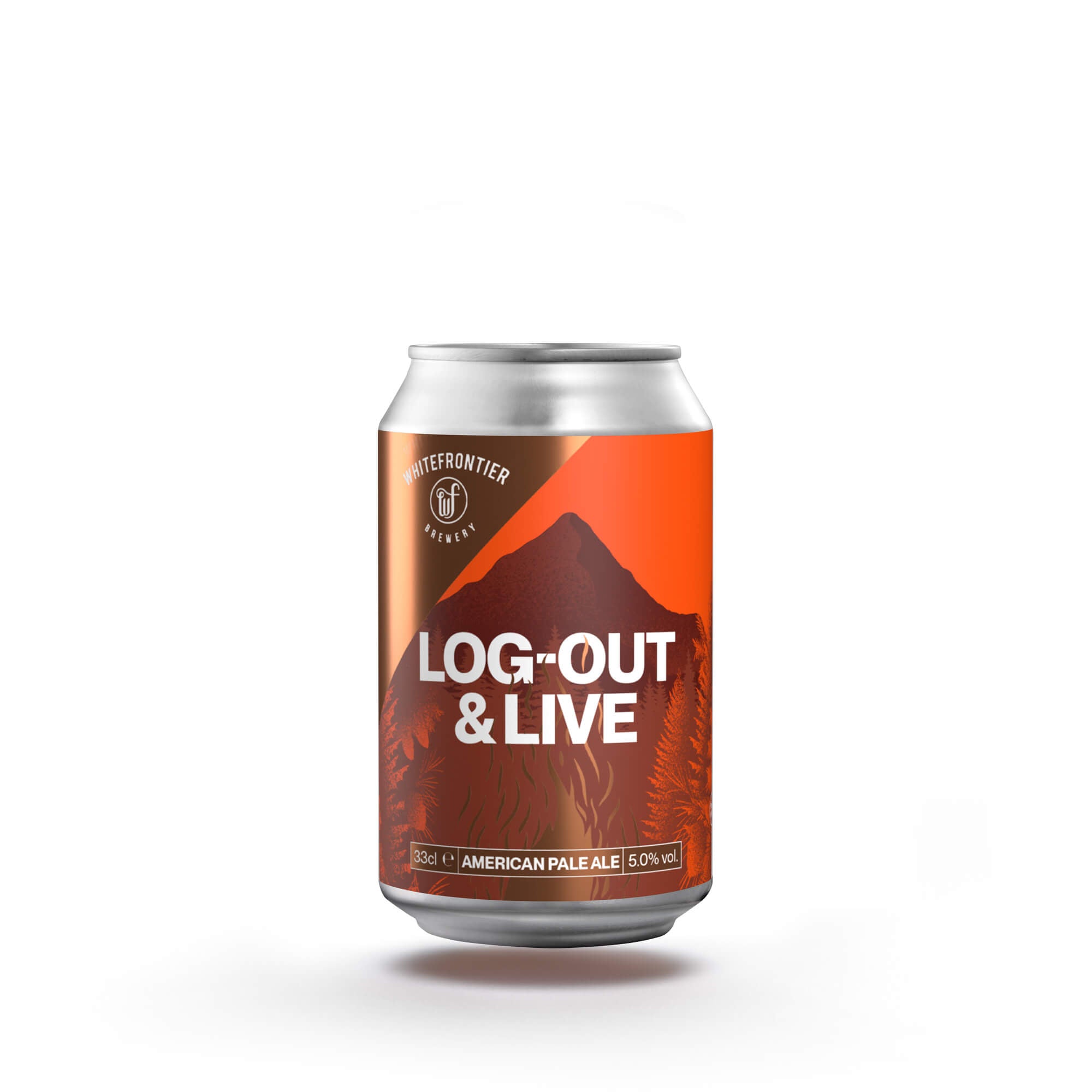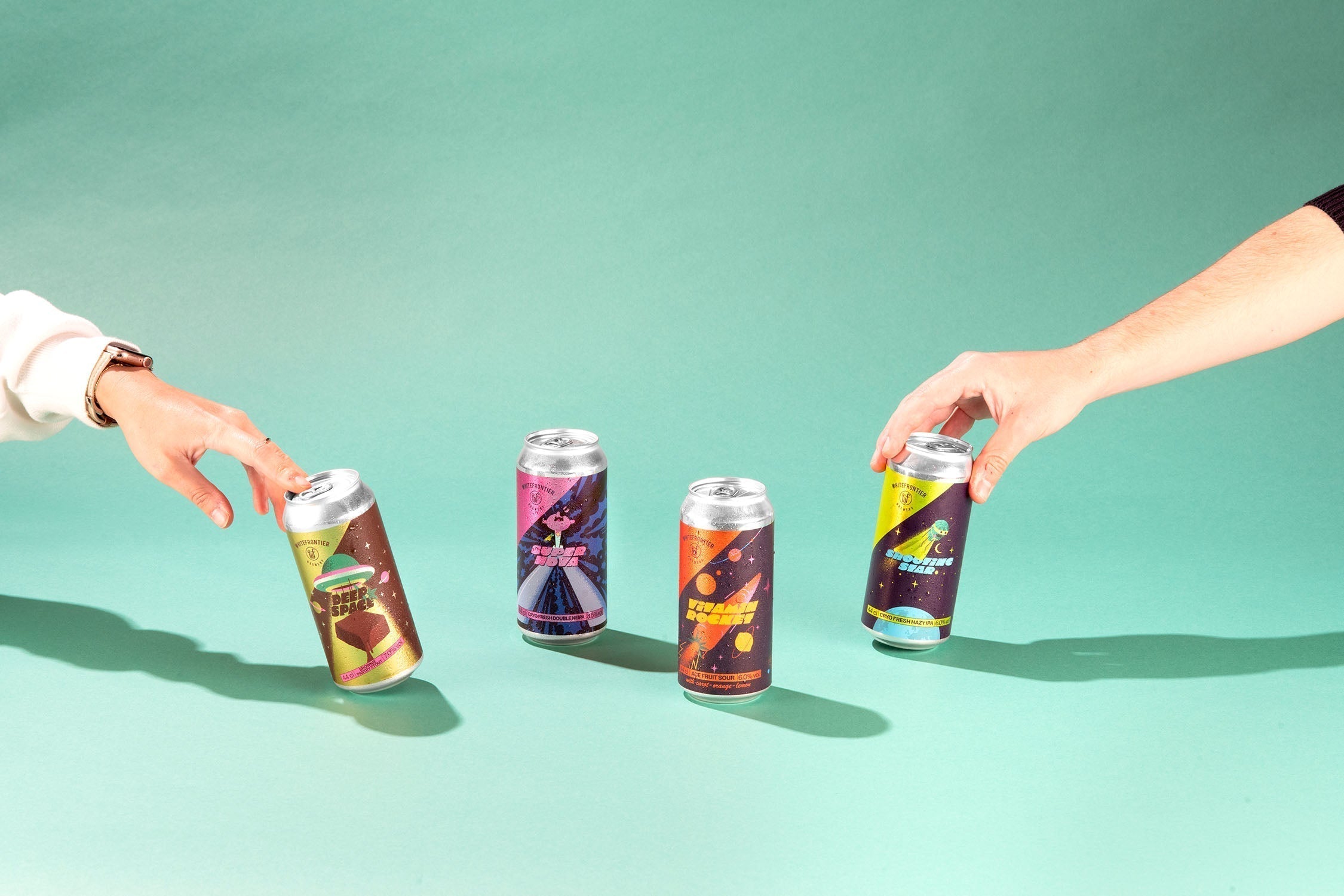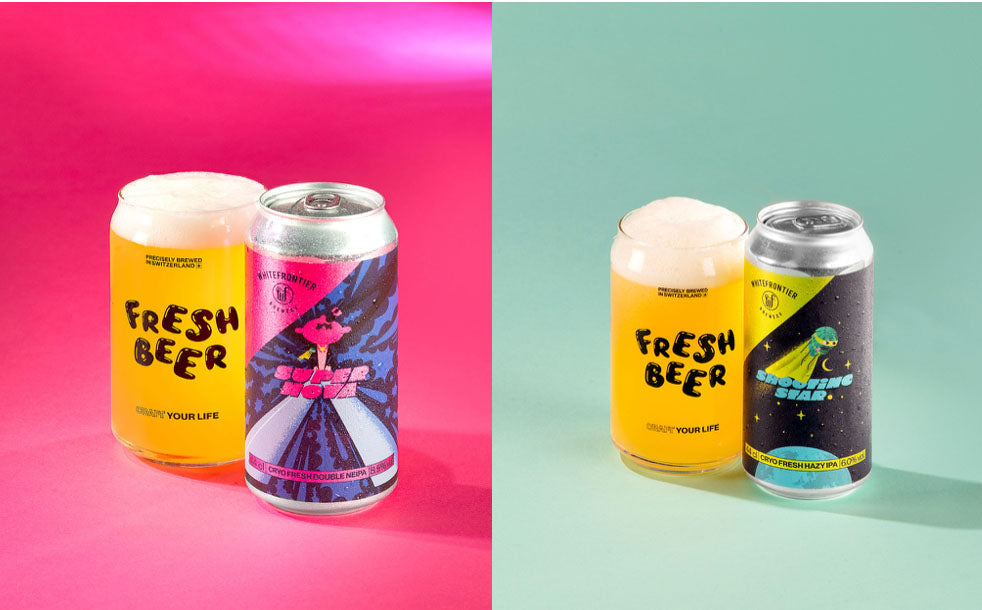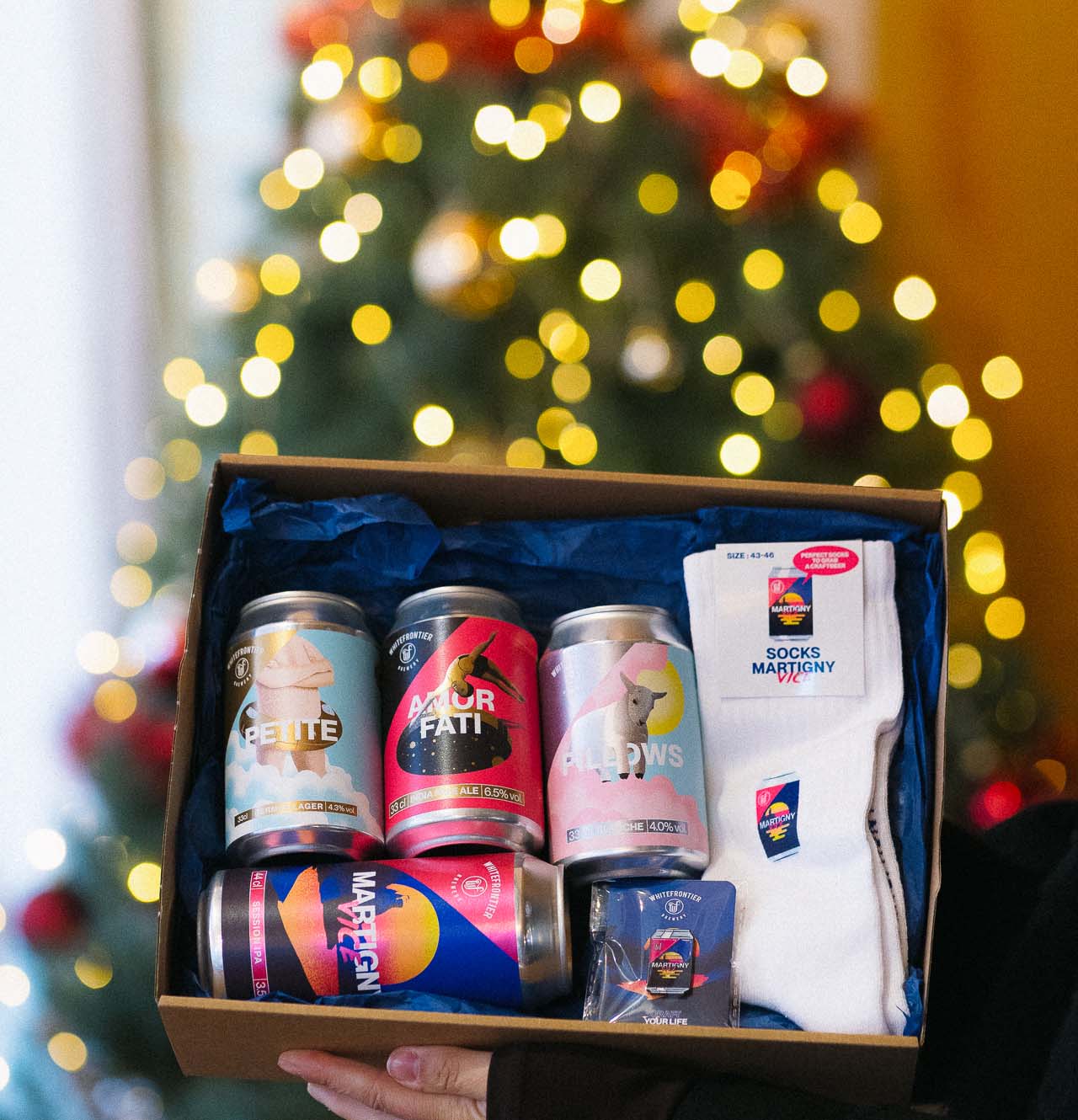What if we told you everything there is to know about craft beer?
Today, we're going to talk Zythology.
Um, by the way, what is zythology?
Well, in the same way oenology refers to the study of wine, zythology is the study of beer. As you know, it's very much our thing, so we have a thing or two we'd like to share with you.
That's why, two Fridays per month, we put out a column called Culture Beer. The column is broadcast on RhôneFM, and soon on your podcast platforms, too. But if podcasts aren't your thing, we also transcribe everything here on our blog.
Today, we're going to talk about the famous Craft Beer Boom. We'll try to understand how and why craft beers have invaded the shelves of our favourite supermarkets and filled the fridges of our favourite bars and restaurants.
What is a craft beer?
A craft beer is one made by a brewery that produces less than 200,000 hectolitres. Otherwise, it'd be ranked in the industrial beer category. There are also industrial craft beers: the famous Brewdog English brewery is an industrial brewery, because it produces a very very very large volume of beer, but it's still considered craft because its recipes all follow craft beer codes.
And what about WhiteFrontier?
Whitefrontier is a 100% craft brewery. When it comes to our recipes, we're constantly innovating. We bring out 25 different beers a year, always surprising and inspiring our customers. We only sell in Switzerland, and we're considered a medium-sized brewery.
Did you know that Switzerland has the most breweries per inhabitants in Europe?
How many breweries are there in Switzerland?
The last time someone counted, there were 1,278.
To give you an example, our French neighbour has around 2,000, yet its population is almost 10 times bigger.
On average, Swiss people consume 52 litres of beer per year and about 30 litres of wine.
Young people especially like beer. It's been an extremely popular drink for a very long time.
But then, where did the craft beer boom come from?
That change comes from our neighbours across the pond. The United States was heavily affected by the prohibition period, which prevented the production and import of alcohol. During this period, many breweries closed their doors, By the 1970s, there were only big industrial breweries left making beers like Pils with little taste. This is where home brewing began, because Americans wanted a bit of flavour. Hop producers had also started to cross varieties to create very aromatic hops, like the famous Cascade.
Did any one brewery launch the movement?
There's not just one, but it is true that California's Sierra Nevada brewery is considered a pioneer in the world of craft beer.
It began to make itself known in the 80s by mixing this famous Cascade hop into a pale ale. It produced a super floral, super aromatic beer. Anyone who tried it either loved it and didn't want to drink anything else, or they absolutely hated it. Craft breweries blossomed in the United States after the 80s, and the movement arrived in Europe.
Didn't Belgian beers have a bit of a moment, too?
Yes, absolutely, we could also talk about the Belgians, known as they are in Europe for their beers, but that would almost require a column in its own right. We'll interview a Belgian brewery in the future.
And how about Switzerland?
In Switzerland, it was BFM, the Franches-Montagnes brewery, that launched the movement. Many others followed as the Swiss increasingly wanted to drink lively beers with very floral, fruity flavours.
BFM made a name for itself in Europe and around the world with its renowned Abbaye Saint Bon Chien beer, a magnificent barrel aged sour ale.
Another style that really left its mark on the movement is the IPA, or India Pale Ale. You familiar? Yes, the IPA is another subject so vast that it'll need a column of its own!
